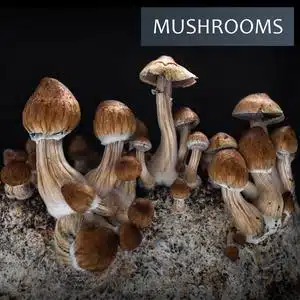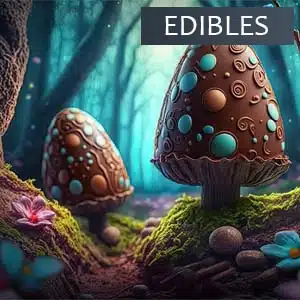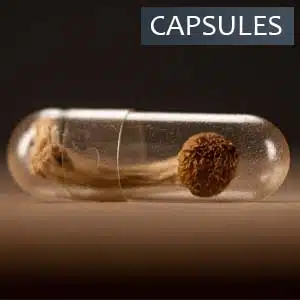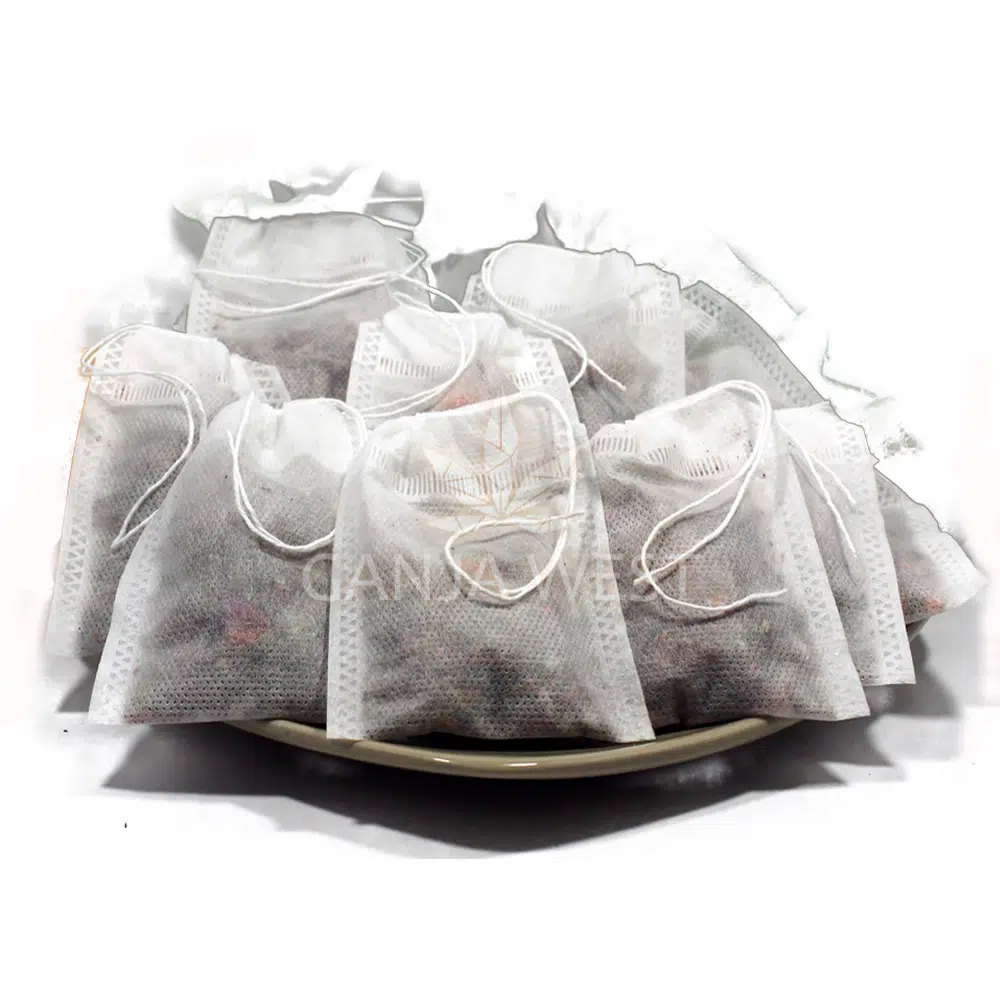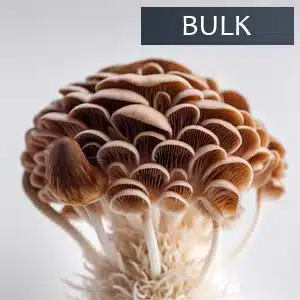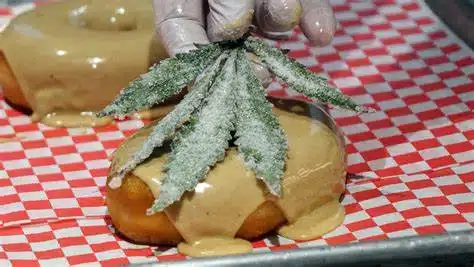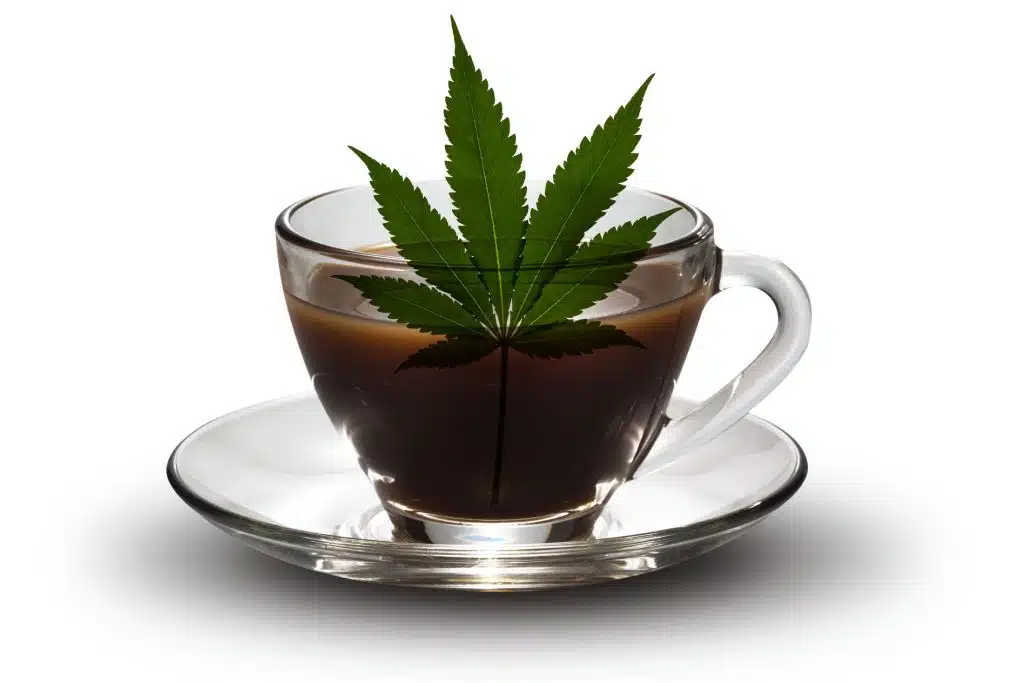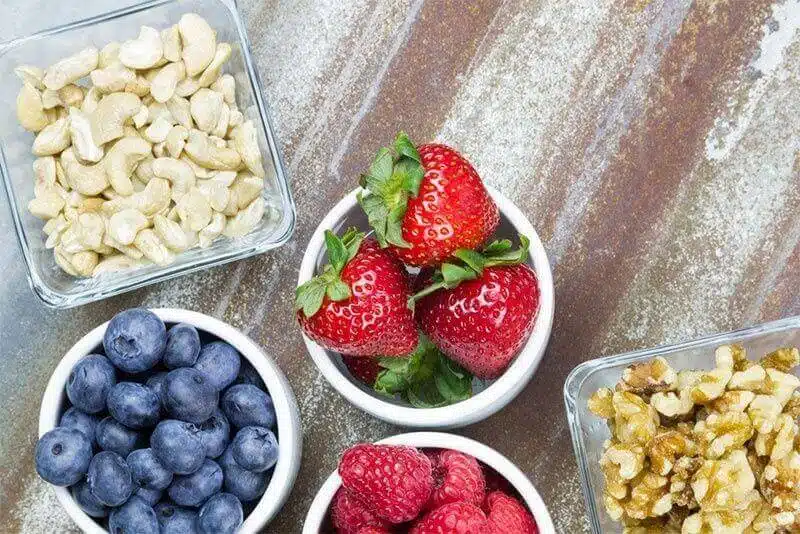What Are Weed Microcultivators?
The past year was a big success for microcultivators, as the number of licence holders across Canada continued to grow. This momentum is driven by both the industry and consumers, who are increasingly recognizing the value of micro-cultivation.
The journey of a micro brand isn’t an easy one. Despite the challenges of maintaining a successful company with high taxes and operating costs, paired with low prices for their products, the passion for the plant is prevailing. Larger cultivators and consumers are taking note.
Microcultivators such as Organnicraft, North 40, MTL Cannabis, Weathered Islands, Origin Coast, and Black Kettle Farms have been making a splash in the last year with new products that have been receiving rave reviews online on platforms such as Twitter, Youtube, Reddit, Instagram, and TikTok.
Smaller batches = better weed?
Cultivation licences in Canada allow for the legal growing, harvesting, drying, trimming and packaging of cannabis for bulk sale. Microcultivators are limited to grow rooms no larger than 200m².
More than 260 cultivation licences have been issued this year, with micros accounting for the majority. This trend is expected to continue in the coming years, as more and more people turn to micros for their cultivation needs.
So what are the benefits of microdosing? The main benefit is the weed. Microdosing allows for a more controlled and consistent intake of the weed, which leads to a better overall experience.
Cultivating cannabis on a small scale allows for more attention to be paid to each plant, resulting in higher quality plants. Led by a Master Grower, cultivation teams can closely monitor the progress of each plant and ensure that it reaches its full potential.
The quality of cannabis produced by microgrowers is superior to that of larger-scale providers, according to consumer feedback.
Micro-producers in Canada are becoming increasingly successful, with products that are impressing connoisseurs and attracting more legacy consumers to the growing number of retail stores.
Big brands can be partners instead of competition
The ability of microcompanies to produce a higher quality product than many larger companies gives them a big advantage. In some cases, larger licensed producers are reaching out to work with micros to bring their products onto the market under their guidance.
This strategy allows microcultivators to focus on high-quality, small-batch products, while larger producers can rely on marketing, distribution, and relationships with provincial distributors and retailers, says Logan Dunn of Dunn Cannabis.
Dunn Cannabis is working with another BC producer, BZAM, who sources products from other producers to sell under their own array of brands. This allows them to provide a wider variety of quality products to their customers.
Dunn is happy with BZAM because they are efficient and cost-effective. “They’re bringing scales of economy when it comes to things like costs of packaging and distribution,” he explains.
The support that [company] provides really allows us to focus on making high-quality products. Their sales force is also a huge help in getting our products out there to a wider audience. This is an invaluable asset for a business like ours.
Aurora Cannabis is not the only large producer working with microcultivators. North 40 Cannabis began partnering with Saskatchewan’s North 40 Cannabis earlier this year, demonstrating that microcultivators can be successful partners for large companies.
Aurora started supplying North 40 with genetics from their own library last year to give their top-of-line genetics a chance to be grown with the specialized care of a micro-cultivator.
Delta 9, a leading licenced producer, has supported the growth of the industry by providing distribution and logistical help to a dozen of licenced producers. By supplying equipment and genetics, Delta 9 has helped these producers through the licensing stage and enabled them to sell their products through its own networks and retail stores.
High THC genetics are still in demand
While micros may have initially brought interesting and unique genetics when they were licensed, they aren’t always able to maintain high THC numbers that provinces and consumers demand.
Dunn emphasizes the importance of strong industry relationships and partnerships to meet consumer demands for genetics, especially for micros.The challenge for small cannabis producers is to ensure they have a high THC crop and to find distribution deals that can provide timely payment, according to Albert Eppinga, who owns BC Cannabis Inc, a micro-cultivator on Vancouver Island.
If you’re not producing top-quality cannabis with the right genetics, it can be difficult to make a profit. THC is key in the industry right now, and flowers need to have a THC content of at least 22-23% to sell for more than $3 a gram. It’s good work if you can find the right genetics and produce high-quality, high-THC cannabis.
He says that, like Dunn, he is also in talks with a few larger producers who are interested in distributing his products.
“They told me, ‘Look, we can make ketchup, but we can’t grow tomatoes.’ They have contacts with the provinces, some of which are bigger buyers than the provinces. But we’re the ones who grow what consumers want.”
Wholesale prices for high-THC cannabis flower can range from $3 to $4 per gram, according to Eppinga. However, smaller buds may only be worth $1 or could be rejected entirely. After accounting for operating costs, growers can still make a good living, but it requires a lot of hard work.
Will microcultivators continue to thrive in 2022?
Micros must be careful to balance operating costs with a price that is still attractive to consumers. Maintaining a tight business model will be vital to surviving the continued price decreases and increased competition.
“I think 2022 will continue to be a challenge for micros as we all try to find our place in the market,” says Michael Fong, the owner of Origin Coast, a micro cultivator and processor in Nova Scotia.
As the market continues to demand high THC content, large LPs will continue to source unique genetics and high-quality dried flower from micros. Fong explains that this is because micros are able to meet the specifications for these products.
Due to the increased supply of high-quality dried flower products on the market and the inflated costs of supply chain challenges related to COVID, our operating margins will narrow.
Kyp Rowe, director of cannabis at Shelter, believes that micro-producers need to be nimble and able to operate at a low cost in order to be successful in the coming year.
“Micros are saturated right now,” Rowe said. “With more than 200 stores across Canada, the path to getting products on the shelves is being stalled by competition.”
By 2022, farmers will need to be prepared for low per-gram prices, the need to frequently change the types of crops they grow to meet a constantly changing market, and developing partnerships with processors and distributors.
To be successful in this industry, it’s important to first define what kind of company you are. Are you a branded farm, or are you simply farmers?
Kieley Beaudry, owner of micro-cultivator and processor Parkland Flower in Alberta, is optimistic about the prospects for micro-cultivation in the upcoming year. As president of the Alberta Cannabis Micro Licence Association (ACMLA), she is a leading voice in the industry.
“If micro companies survive the first two years when micro licenses are allowed, this year will be the year many micro companies get sales licenses,” she said.
As more microbreweries gain tenure, they will begin to process for other microbreweries, leading to smaller operations working together to fill the SKUs of larger craft operators. This will result in more unique artisan products being brought to market, which is something that is still lacking in the current market.
Conclusion
If you are interested in cannabis and THC products, check out Ganja West online dispensary at ganjawest.co!
